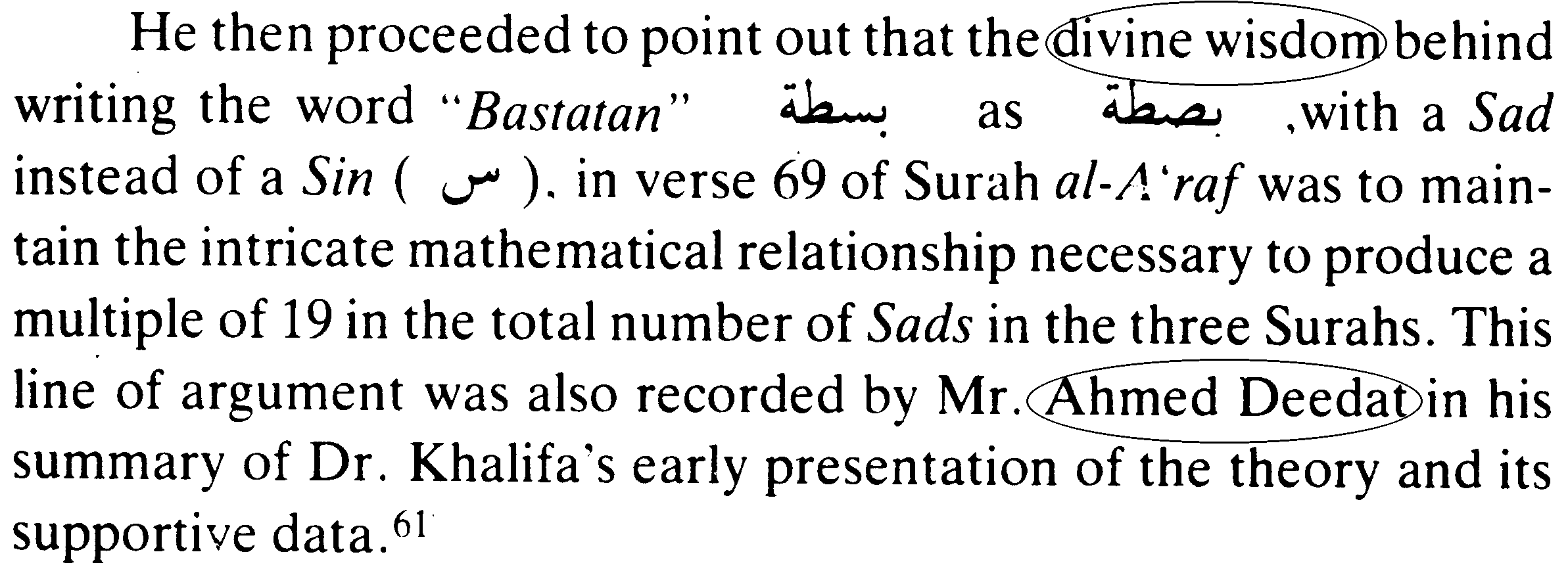|
Part 2: The True State Of The Qur'an Back To Main Index h/ Other Consonants Missing Or Added - Yas, Waws & Nuns As we proceed with these topics we begin to see more clearly the purpose of the content of the Note IX of the 1938 Hyderabad text31 which we reproduce again here [see to right]. We begin by noting what Hamidullah has written concerning Egypt’s contribution to what he calls "the profuse markings of pronunciation (i‘rab) in the usual copies of the Qur’an". Under the heading "Egypt’s share in the development of Arabic script" he notes: "In recent years, especially in Egypt, some new signs have been added to the list, in order to facilitate the marking of the assimilation of sounds and other subtleties of the Arabic phonetics." (Orthographical..., p. 76) The Notes, then, were necessary since in 1938 Pickthall’s text was printed alongside an Arabic text almost identical to32 the 1924 Royal Cairo Edition which contained Egypt’s "new features". The Notes were thus intended to orient people to certain new features, many of which had never been seen in a text in India before33. We have already noted the dagger alif which Hamidullah listed and which is also included in this Note. It should not surprise us, then, to find that the other examples in this Note are also admitted by M. Hamidullah and included in his list of yas, waws and nuns omitted from the ‘Uthmanic texts. 1/ yas omitted Yet there are also words without yas of which Hamidullah says: "It is not written in the [case of] which occur altogether 69 times and could be written The case of the word ( Again, it should not be called ‘curious’ that any word, let alone the name Ibrahim (Abraham), is spelled in two different ways, but NOT EVER in the right way which requires another alif ( 151 |
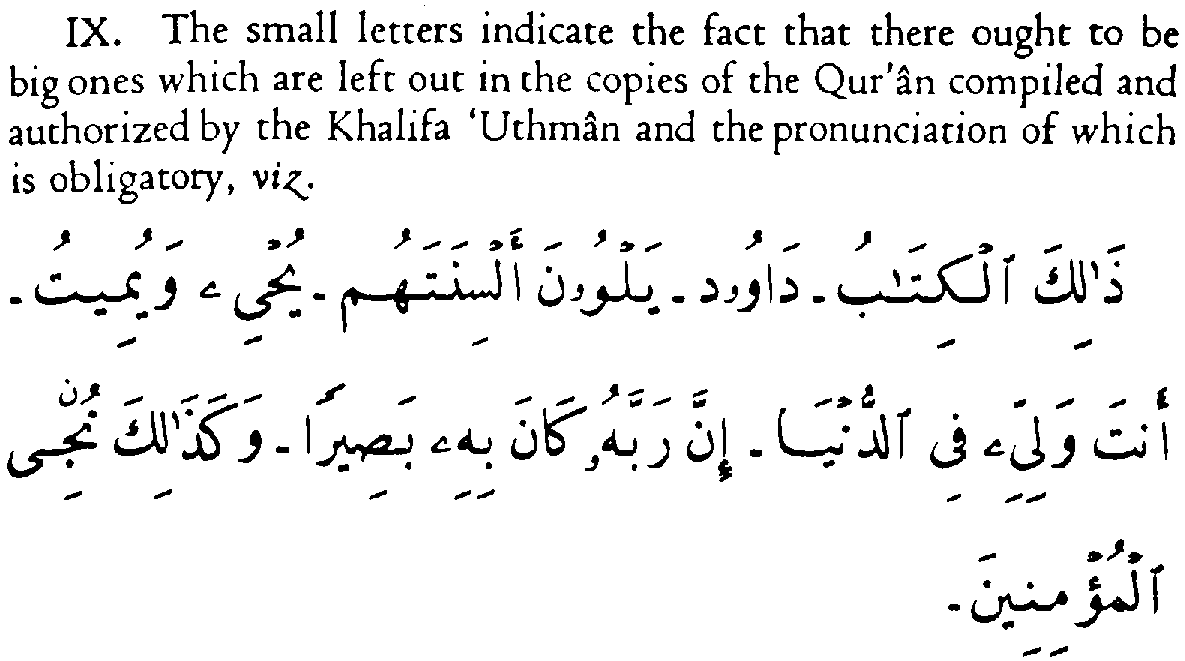
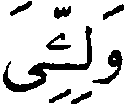 thus indicating another reason why the Egyptians had to reject the Turkish text - to re-instate the errors.
thus indicating another reason why the Egyptians had to reject the Turkish text - to re-instate the errors. 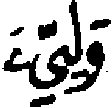 ), actually raises our suspicions, for it doesn’t match the ‘corrected’ graphic form of, for example, the Iranian text which joined everything together
), actually raises our suspicions, for it doesn’t match the ‘corrected’ graphic form of, for example, the Iranian text which joined everything together 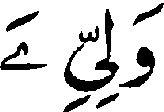 as also the Indian
as also the Indian 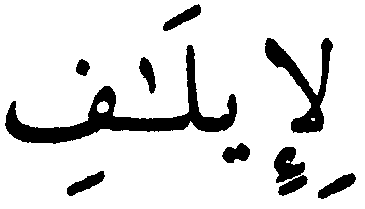 .
. 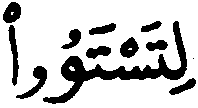 ; as does the Turkish (in red ink)
; as does the Turkish (in red ink) 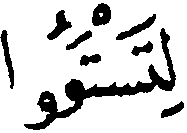 ; and the Warsh
; and the Warsh 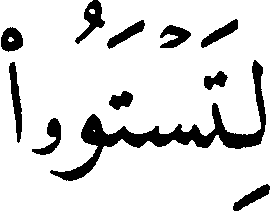 . The Taj, however, has its own form of correction
. The Taj, however, has its own form of correction 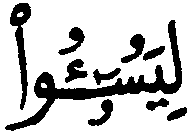 although also issued by al-Azhar. The Taj (and Indian) text has
although also issued by al-Azhar. The Taj (and Indian) text has 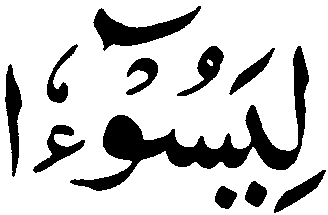 .
. 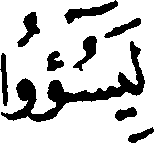 and Iranian
and Iranian 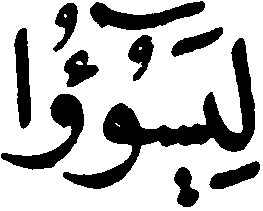 texts.
texts.  which the Egyptians have omitted from their Edition
which the Egyptians have omitted from their Edition 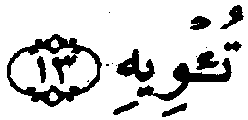 .
. 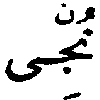 (the word nUnji is formed by ‘correcting’ through ‘false vocalisation’).
(the word nUnji is formed by ‘correcting’ through ‘false vocalisation’).
 , while the Taj text (as in the Swahili) from Karachi includes a sukun above the nun
, while the Taj text (as in the Swahili) from Karachi includes a sukun above the nun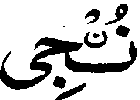 .37 However, as the following indicate, the Turkish
.37 However, as the following indicate, the Turkish 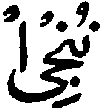 and Indian
and Indian  texts ALL correct the error by inserting this nun into the graphic form. Here is yet another reason the Egyptians had to reject the Turkish text. We note that the Warsh also has
texts ALL correct the error by inserting this nun into the graphic form. Here is yet another reason the Egyptians had to reject the Turkish text. We note that the Warsh also has  indicating that this nun was included in the Medinan manuscript.
indicating that this nun was included in the Medinan manuscript. 
 , the actual printing of Q12:11 in the main Arabic text agrees with the 1924 Egyptian Edition and is
, the actual printing of Q12:11 in the main Arabic text agrees with the 1924 Egyptian Edition and is  and
and 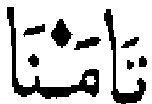 indicating that the ‘Uthmanic text has been used ‘as is’38, one realises that it is the reading of Hafs which has demanded that Islam ‘stretches’ the single nun to 3 nuns! It can’t do this with only one shadda and to add a non-existing ‘original’ would, as we have seen, bring a conflict between the vocal form and the text (!), so Islam had to devise a method whereby it could accept this ‘new reading’ - which it assures us is among its "best transmitted and most reliable" and is ‘almost close to the ‘Uthmanic text’!! This is the Hafs reading, the most widely used reading in Islam! Brockett notes the reading with 3 nuns as tamannna39.
indicating that the ‘Uthmanic text has been used ‘as is’38, one realises that it is the reading of Hafs which has demanded that Islam ‘stretches’ the single nun to 3 nuns! It can’t do this with only one shadda and to add a non-existing ‘original’ would, as we have seen, bring a conflict between the vocal form and the text (!), so Islam had to devise a method whereby it could accept this ‘new reading’ - which it assures us is among its "best transmitted and most reliable" and is ‘almost close to the ‘Uthmanic text’!! This is the Hafs reading, the most widely used reading in Islam! Brockett notes the reading with 3 nuns as tamannna39.  Iranian
Iranian  Indian
Indian 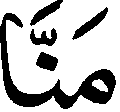 texts, even the 1975 Islamic Foundation (83 Amana) text omits the little diamond sign
texts, even the 1975 Islamic Foundation (83 Amana) text omits the little diamond sign 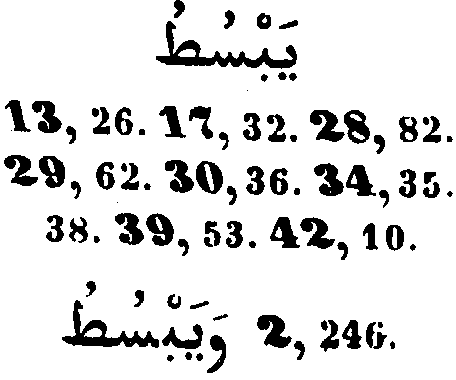
 ;
;  ;
;  ;
; 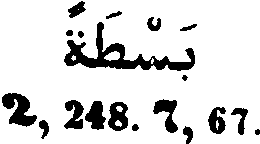 in Q2:247 43 and in Q7:69. He spells both with sin. In the 1924 Egyptian we find
in Q2:247 43 and in Q7:69. He spells both with sin. In the 1924 Egyptian we find 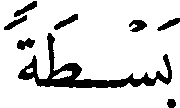 in Q2:247, but in Q7:69 as mentioned, we find the small ‘vocal’ sin above the sad
in Q2:247, but in Q7:69 as mentioned, we find the small ‘vocal’ sin above the sad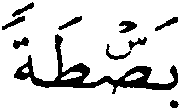 .
. 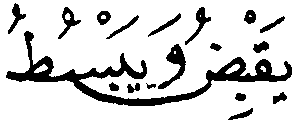 and Q7:69
and Q7:69 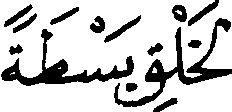 , thus concurring that these are spelling mistakes.
, thus concurring that these are spelling mistakes. 

